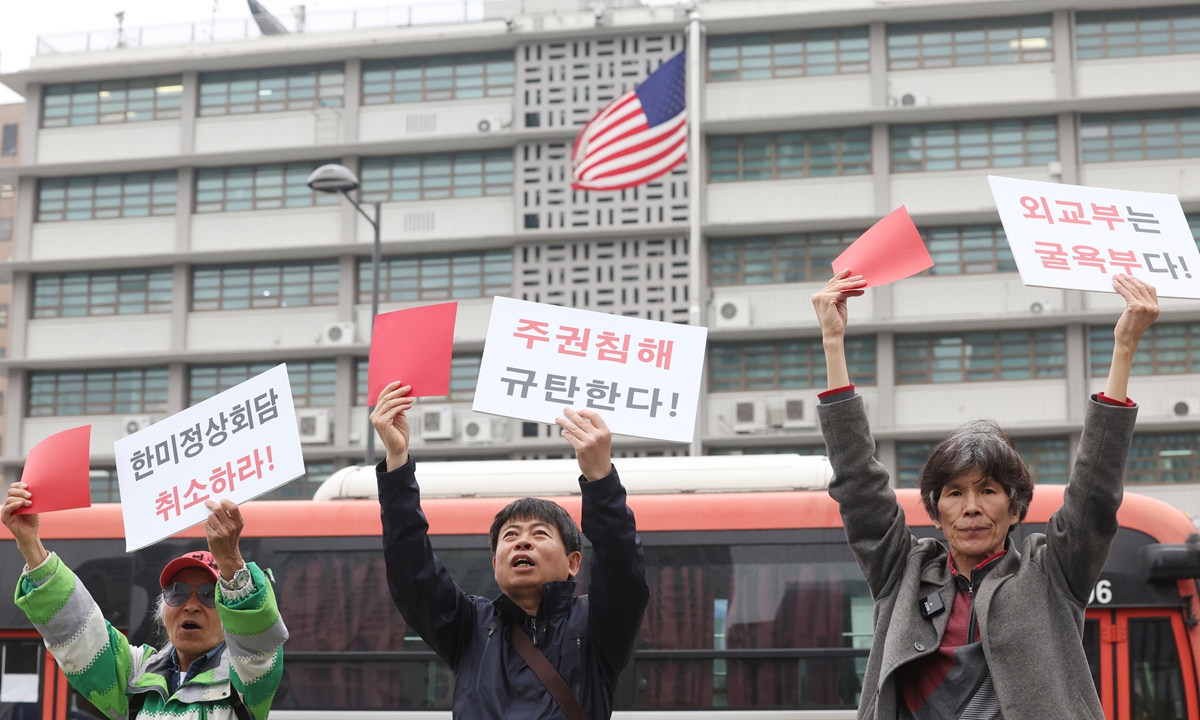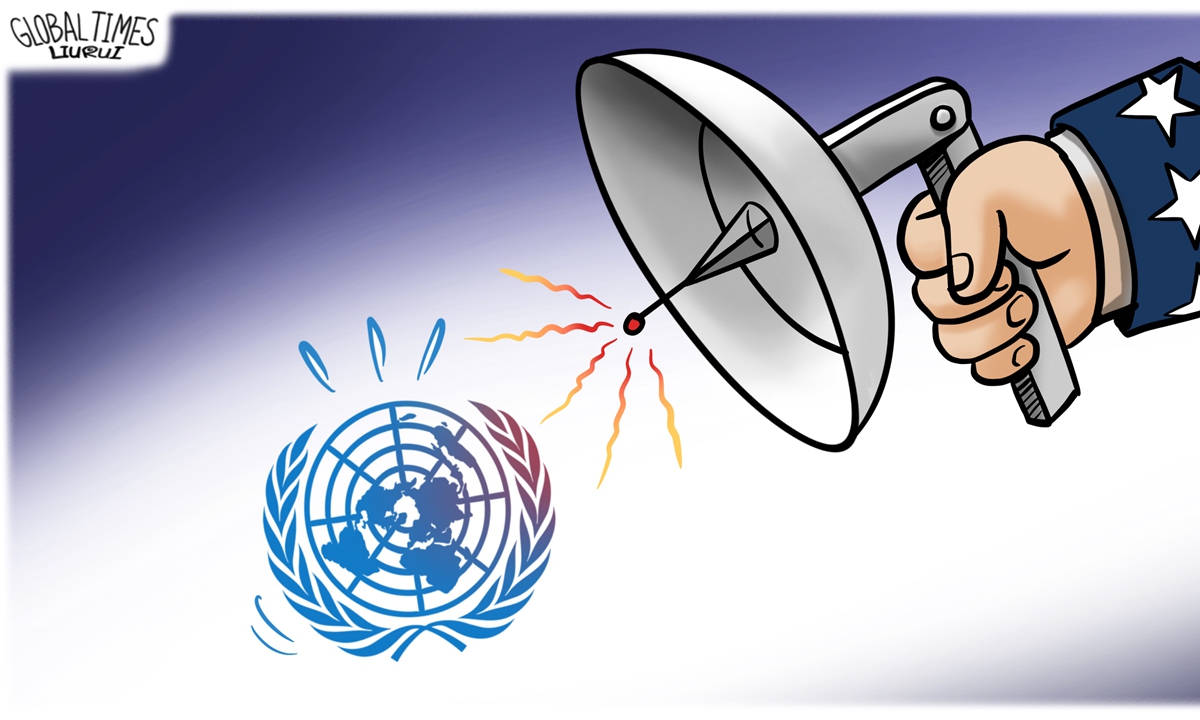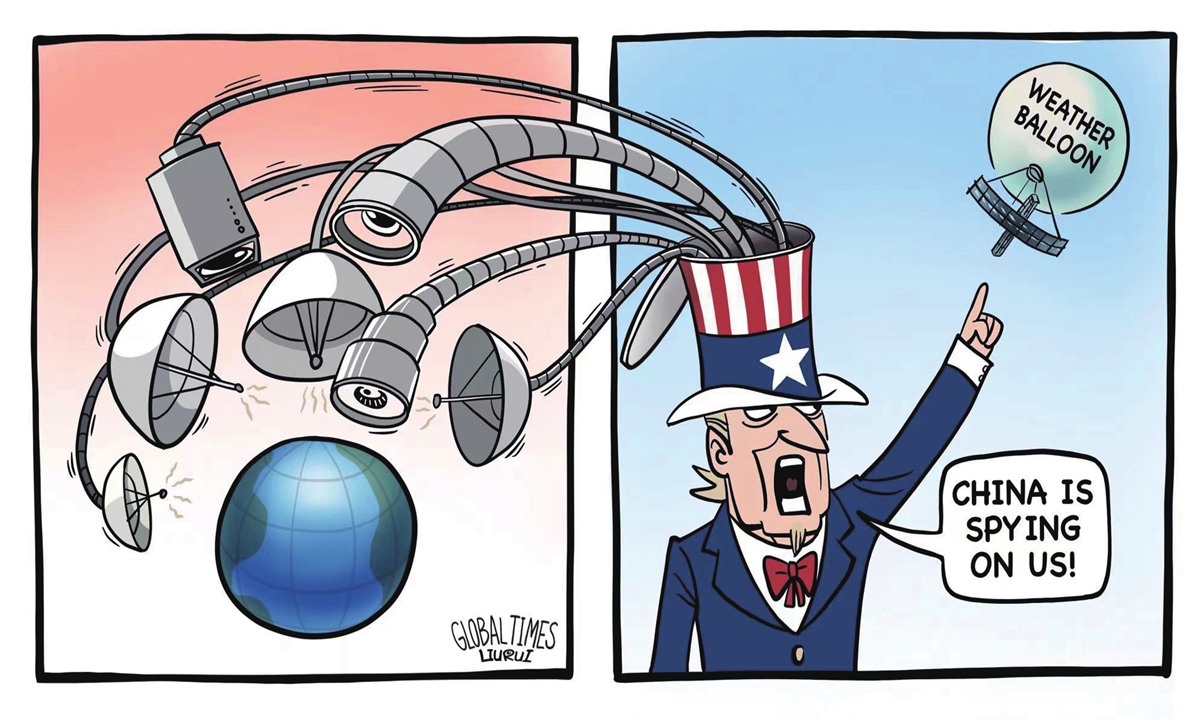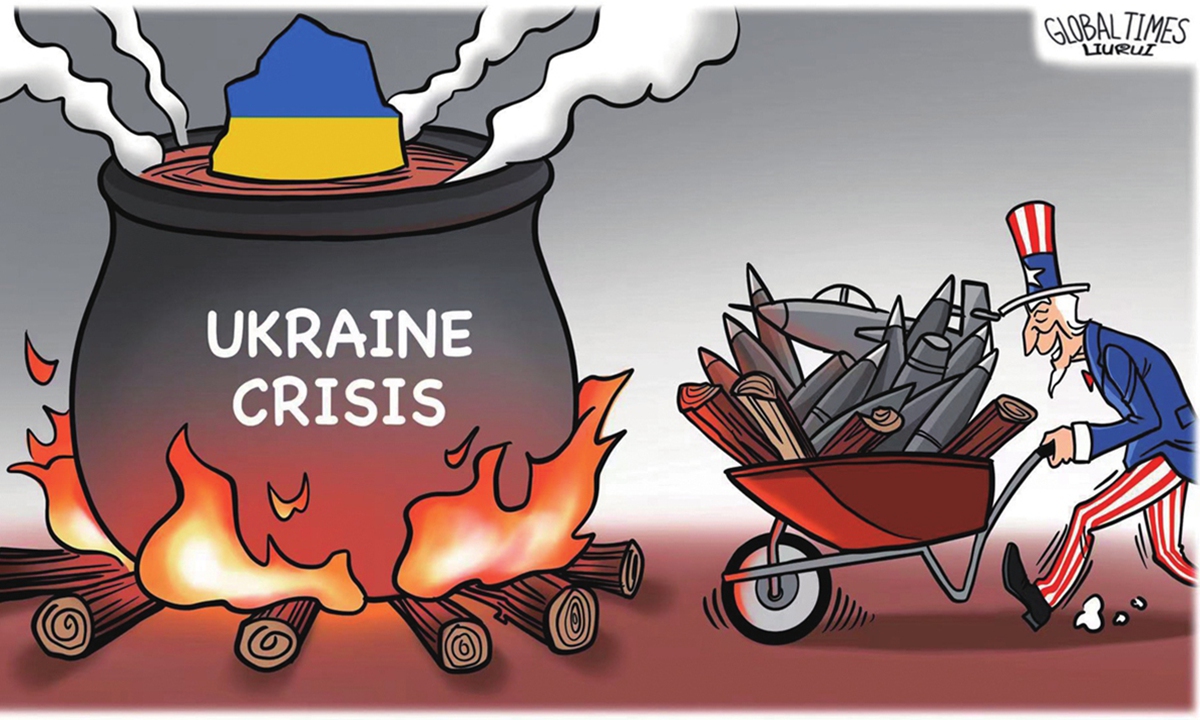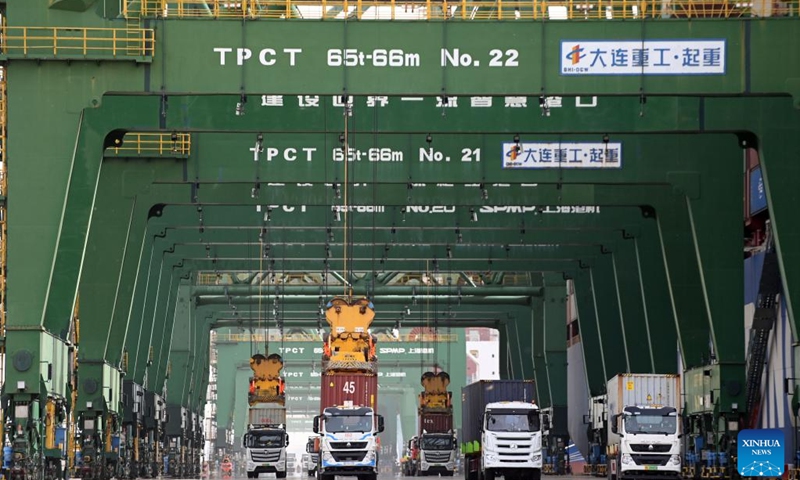The move to dedollarise will not only reduce financial-market volatility caused by US monetary conditions, but it can also help reduce costs, he says.
Afzanizam explains: “Any change in the US monetary policy will affect the global financial market. This is a problem, as it can sometimes create excessive volatility in foreign-exchange markets.”“Because of this, companies and investors have to hedge their exposure to mitigate currency risks. Hedging is cost to businesses and investors. Therefore, the incentives to do away with the US dollar is high,” he says.
Afzanizam tells Starbizweek if there were currencies that could provide better alternatives in terms of stability and predictability, dedollarisation would certainly gain further traction.
According to Sunway University economics professor Yeah Kim Leng, dedollarisation, that results in improved global economic and financial stability leading to increased trade and investment flows, will be beneficial to small and open economies like Malaysia. “As a trading nation, pragmatic and nimble government and company-level policies and strategies are vital to cope with the potential fallouts and opportunities arising from dedollarisation that may or may not lead to a more stable and progressive global economic order,” he explains.Cost and benefit
Malaysia is seen to be moving towards dedollarisation. Early this month, the country reached a deal with India, one of its major trading partners, to settle trade in Indian rupees instead of the US dollar. In addition, Malaysia revived the idea of setting up an Asian Monetary Fund (AMF), proposing to initiate discussions on the matter with China, which is reportedly open to the idea. These small steps are part of an ongoing global shift away from US dollar dependence. Socio-economic Research Centre executive director Lee Heng Guie says there are potential costs and challenges during the transition process. “Malaysia may face heightened exchange rate volatility if the dedollarisation is disorderly and abrupt, causing a plunge in the US dollar against major foreign currencies. The wide and deep US dollar fluctuations could impact trade, investment and capital flows,” the economist explains. For example, a sharp appreciation of the ringgit against the US dollar could lower the cost of servicing Malaysia’s Us-dollardenominated debt, but it could dampen the country’s export competitiveness and lower exchange rate translation gains in domestic currency for the export-oriented industries such as palm oil, rubber products and crude petroleum.“Portfolio investors may undertake portfolio adjustment in anticipation of the dedollarisation. This could induce assets price fluctuations in the debt and equities markets as investors stay on the sidelines, while assessing the potential risks and costs associated with a disorderly transition of the dedollarisation,” Lee says.
Lee: the wide and deep us dollar fluctuations could impact trade, investment and capital flows.
Meanwhile, Malaysia University of Science and Technology economics professor Geoffrey Williams sees two basic scenarios pertaining to dedollarisation.
“The first is that the use of the US dollar will slowly decrease, as more countries settle trade and investment in bilateral currencies. This will continue as BRICS and smaller countries get onboard.
“The second scenario is that there will be a tipping point where the US dollar will quickly lose reserve currency status as happened to pound sterling after World War II. There are many possible triggers of this, but they are very speculative and involve a major crisis,” he adds. Williams says the United States will defend the dollar and so long as the dollar is used for oil, metals and commodity trades as well as intergovernmental settlement of debt, it will retain its role.Gradual transition for stability
It is estimated that the US dollar accounts for 88% of global trades, based on Bureau for International Settlements’ triennial central bank survey 2022. As it stands, central banks around the world still hold significant amounts of US dollars in their reserves. An estimate by the International Monetary Fund implied that the greenback accounted for about 60% of global foreign exchange reserves as at end2022. Nevertheless, economists expect the numbers to be on a declining trend, as countries are diversifying away from the US dollar. The dedollarisation process, however, will likely be gradual to minimise disruption to global financial systems and markets. As Afzanizam puts it, any abrupt transition to other currencies can create uneasiness and uncertainties among businesses and investors. Therefore, allowing ample time would facilitate the changes and reduce the inevitable market volatility, he says.The enormous and deep US debt markets have been touted as a major factor for the continuing dominance of the US dollar in global financial markets, according to Yeah.
Therefore, as countries diversify their reserve currencies and reduce dependence on the US dollar, one could expect global financial markets to face higher volatility and uncertainty, he says.
On Malaysia’s effort to wean off US dollar dependence, Yeah points out that it will be a gradual process. “This will be in line with global shifts in international trade, capital flows and financial markets, whereby the process is driven by market forces and factors such as transaction costs, riskiness, accessibility and convenience,” he says. As a start, Malaysia can consider trading its oil and other natural resources in local currencies with countries with which it has bilateral agreements, says HELP University economist Paolo Casadio. Further, he notes, Malaysia can have a meaningful and impactful transition towards less reliance on US dollar by coordinating its effort with other economic blocs, such as BRICS, to set up a new system. “There are long-term benefits for Malaysia as well as for all the other developing countries in eliminating the (US dollar) monopoly,” Casadio says, pointing to a more stable and equitable exchange rate as an example.Asian fund proposal
On the setting up of the AMF, Williams says while it is a feasible strategy to reduce reliance on the US dollar, such a move will require “buy-in” across many countries in the region. In particular, pertinent issues such as who will to provide the finance, and securing consensus on the terms on which access to that finance is made available, have to be ironed out. “It is not just a financial issue, but geopolitical too,” he stresses. “The main issue is who will fund it, and what will be the contribution rates for each member. It is likely that most will come from China, unless Japan and South Korea join in. Otherwise, most Asian countries are too small to contribute much,” he adds. Williams says new arrangements, such as the 12-member Comprehensive and Progressive Agreement for Trans-pacific Partnership, of which Malaysia is a part, are indications of ongoing shifts in global economic arrangements away from dominance of the United States and other developed economies such as the European Union (EU). “Moving to bilateral currencies for trade and investment is feasible, but more at risk to exchange fluctuations and liquidity issues. So, it would be a move to multiple currency options, not just one,” he says. He notes before US or Eu-based systems such as the Society for Worldwide Interbank Financial Telecommunication, or SWIFT, could be replaced, there has to be a viable and reliable alternative for interbank transfers and e-payments. “Although the systems are contestable and replaceable by new and local providers, the truth is that only stable, reliable and secure financial systems will survive. The US dollar still provides this,” Williams argues. Importantly, for Malaysia as a small country, it should go with the flow and remain neutral in the shifting geopolitical dynamics, while trade and debt, in whatever currency is best, he says.Potential alternatives
Amid the ongoing currency shift, China’s yuan, is increasingly seen a potential alternative to the US dollar. This is by virtue of China being the second-largest economy in the world after the United States. However, the country’s strict capital controls are a hindrance. “As the world’s second-largest economy, China’s yuan is expected to see a rising role as one of several alternatives, including the euro, to the US dollar. Countries trading with China are already increasingly using yuan for payments and settlements,” Yeah says. “Its internationalisation, however, is being constrained by strict capital controls and lack of liquidity for international transactions outside of China,” he adds. Concurring with Yeah, Afzanizam says, for the yuan to play an even greater role as an alternative international currency, China’s capital account has to be more open, allowing free flow of funds to allow greater flexibility, especially in terms of the supply of yuan. Casadio, on the other hand, argues there is no alternative to the US dollar in the prevailing system. Rather, a “gold-backed system of currencies that constitutes an alternative” is a more viable option, this will provide an equitable system of exchange rates and a stable international financial system, he explains. “There is a clear shift, at the international level, towards a system in which the dollar has no more monopolistic power as the international currency. The system that is going to emerge from this will limit monopolies and excess financing deficits, thanks to it being anchored to gold,” says Casadio. Charles Schwab Corp says that there aren’t any viable reserve-currency alternatives to the US dollar. “A reserve currency needs to be freely convertible and have deep and liquid bond markets to be considered safe for foreign central banks to hold. Central banks need to know that their money is easily and readily available when needed, particularly in times of stress. “The United States, with a large, open, and liquid market for Treasury securities, fits that role,” the investment bank explains in its commentary. “That’s why when the Covid crisis hit the global economy, the US Federal Reserve (Fed) expanded its swap lines with foreign central banks to enable access to dollars for countries that were struggling to access dollars for trade and debt payments. While other major countries’ markets have these qualities, the size and openness of the US market is difficult to match,” it adds.Depreciating dollar
In the meantime, the US dollar is expected to weaken further against most currencies through the year on anticipation of slower interest rate hikes by the Fed. The greenback has already been on a declining trend over the past few months. This is evidenced by the downtrend of the US dollar index - a gauge of its performance against a basket of major currencies - with the DXY falling to around 100 to 102 points from its multi-year high of 114 to 115 points in September 2022. From the Malaysian perspective, the ringgit has been volatile against the greenback. The local note is trading RM4.43 against the US dollar. This is an improvement from RM4.75 in early November last year, but a poorer position from RM4.24 at end-january this year. With the expected weakening of the US dollar, the ringgit is forecast to strengthen to RM4.15-RM4.25 towards the second half of this year, says Dr Yeah. “The US economy is anticipated to weaken significantly in the second half and that could warrant unwinding the high interest rates,” he explains. Similarly bearish on the greenback, Afzanizam says he expects the ringgit to strengthen to RM4.20 against the US dollar by the end of 2023. “The expectation of slower rate increase in the United States and the potential cut in the federal fund rate could lead to a weaker US dollar,” he explains. Although on a decline, the US dollar’s dominance is expected to persist due to the absence of a viable alternative. “The pace of its decline, however, could accelerate if US economic growth sputters, fiscal and debt woes mount and high inflation and interest rates destabilise its banking system.“Continuing US economic instability coupled with the government’s penchant to apply sanctions for geopolitical reasons will also motivate the rest of the world to band together to find a viable alternative while reducing dependence on the dollar for trade, financing and foreign reserves,” he adds.
Operational challenges in move away from the greenback
Death of the dollar

The United States' way of weaponising the dollar to control global trade is losing ground and more and more countries are shying away from using the greenback. — Reuters
Weaponising global money

The US dollar system will be dominant for a while yet, but the more the dollar is weaponised in terms of sanctions, the more users will want to dedollarise. — Reuters
https://www.thestar.com.my/business/business-news/2023/04/22/weaponising-global-money
Related posts:
Abuse of hegemony is why de-dollarisation is trending
China, Brazil to trade in local currencies
'Dedollarisation' is feasible
The strong dollar should not become a sharp blade to cut the world, THE NEED FOR BRETTON WOODS III
Whither the ringgit? US Inflation & workforce are the bigger problems
Whither the ringgit? US Inflation & workforce are the bigger problems
Global de-dollarisation fast underway; US Printed More Money in One Month Than in Two Centuries, US$ is fast becoming Banana Currency
Yuan’s rising global influence

















